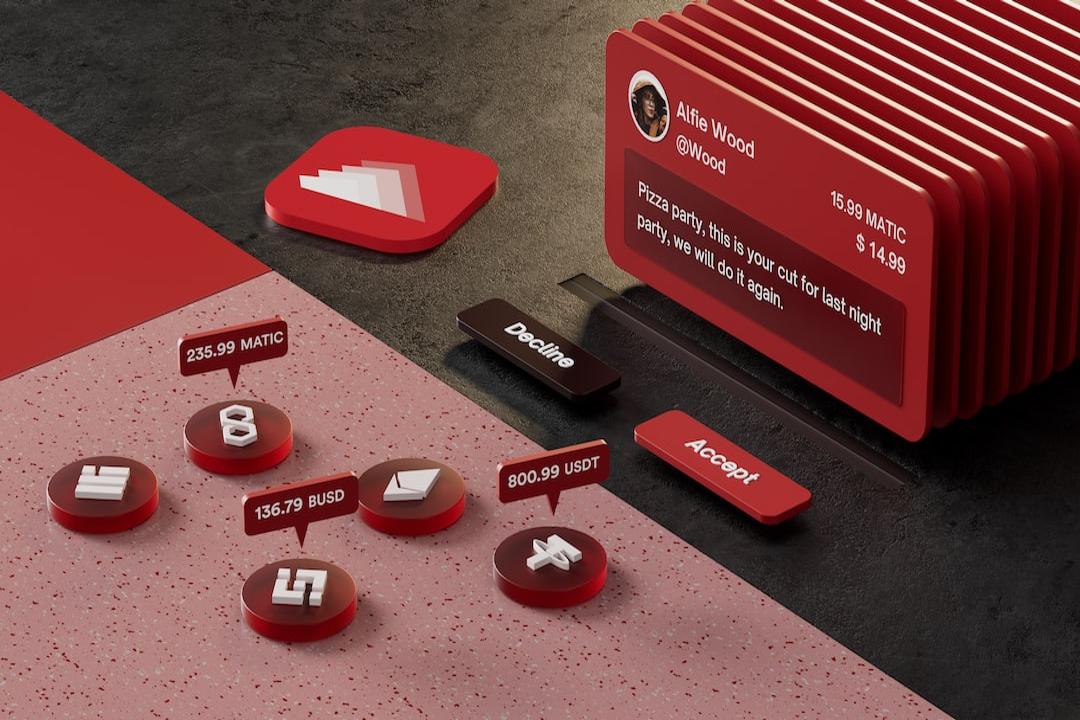The Liquidity Reinvestment Token (LRT) project has become the focus of the market, with various projects launching marketing activities. Puffer Finance’s marketing activity, Crunchy Carrot Quest, has entered the third phase, where users can provide pufETH/wstETH liquidity on third-party platforms such as Curve to earn more points.
(This article is not investment advice)
Table of Contents:
Toggle
Puffer Finance Phase 3 Marketing Activity
Activity Content
Activity Status
LRT Project’s Marketing Campaign Attracts Funds
Becomes a recent market hotspot
Market risks increase
Due to its significant differences in design and architecture from its competitors, the Puffer Finance protocol is still under development. However, in order to seize market share, the project has launched a pre-marketing campaign and announced that it has entered the third phase of the campaign (out of five phases).
Advertisement – Continue reading below
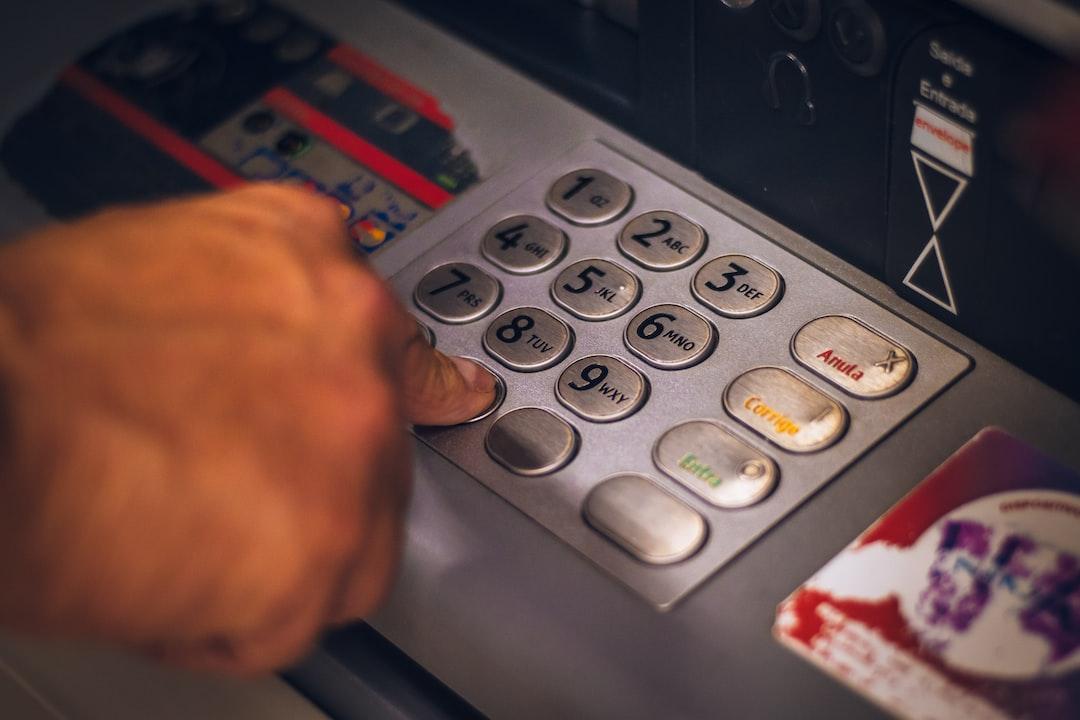


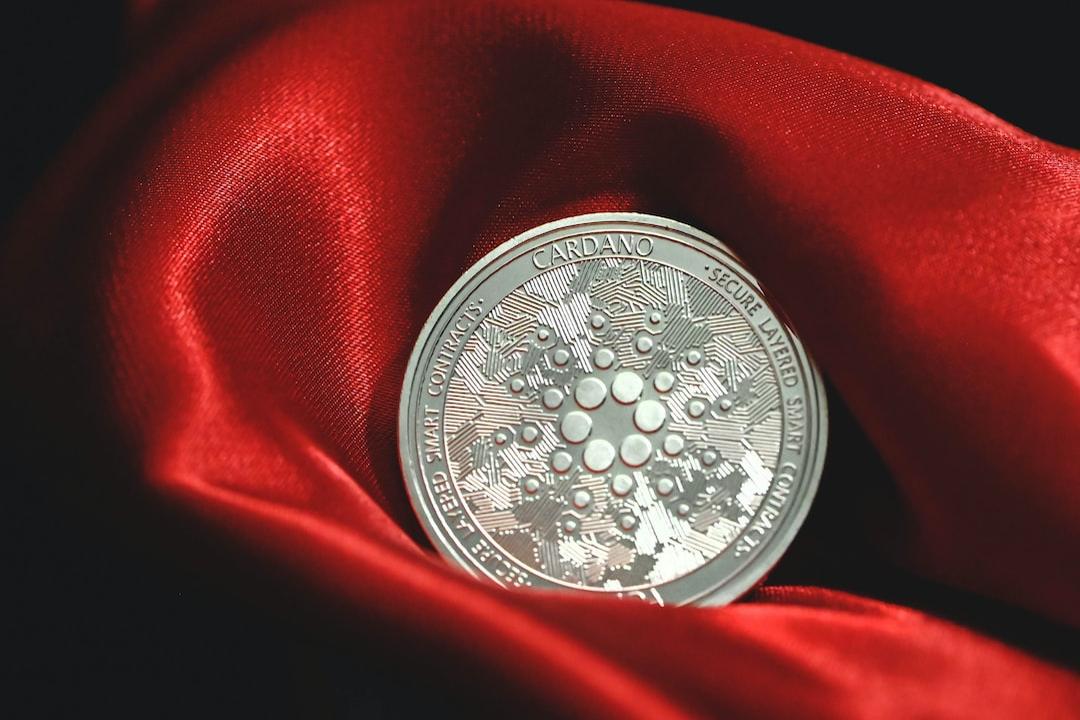
Recommended reading:
Introduction to the LRT Reinvestment Project, Puffer Finance: Pre-marketing activity ahead of mainnet launch!
Reading this article can help understand the design and concept of the Puffer Finance protocol, and know that it is not simply a liquidity reinvestment, but a new tool to reduce the economic burden of becoming a node.
The third phase of Puffer Finance’s marketing campaign encourages participants to provide liquidity for their token pufETH (the certificate token obtained after pledging) on decentralized exchanges, including Curve, Uniswap, and Pancakeswap.
For every pufETH/wstETH liquidity provided, users can earn 60 Puffer Points per hour.

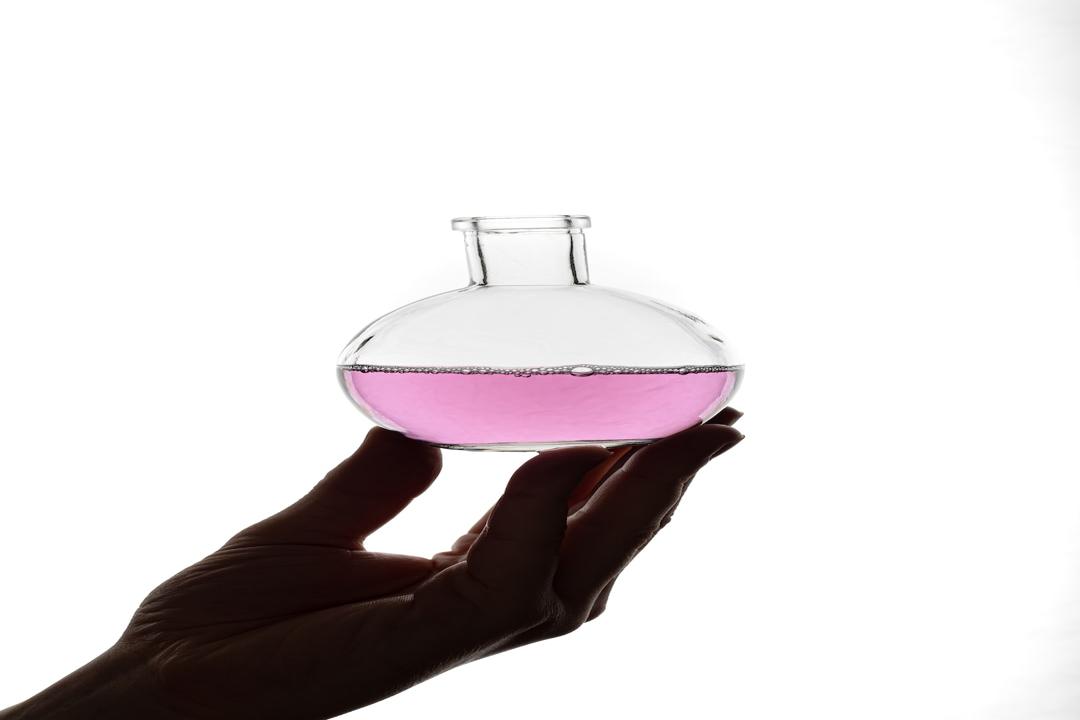
Currently, Puffer Finance mainly focuses on Curve for concentrated liquidity.
On the other hand, the LRT tokens pledged by users (such as stETH) will earn more points over time. If a user holds 1 pufETH, they can earn 30 Puffer Points per hour.
With the previous two stages of the marketing campaign (out of five stages), Puffer Finance has accumulated over 350,000 ETH, approximately $1.1 billion, making it the second-largest protocol in the LRT field.
Currently, there are approximately 200,000 wallet addresses participating in Puffer Finance’s marketing campaign. Interestingly, the wallet ranked first in terms of points is owned by Sun Yuchen, the founder of TRON, who has invested over 250,000 stETH.

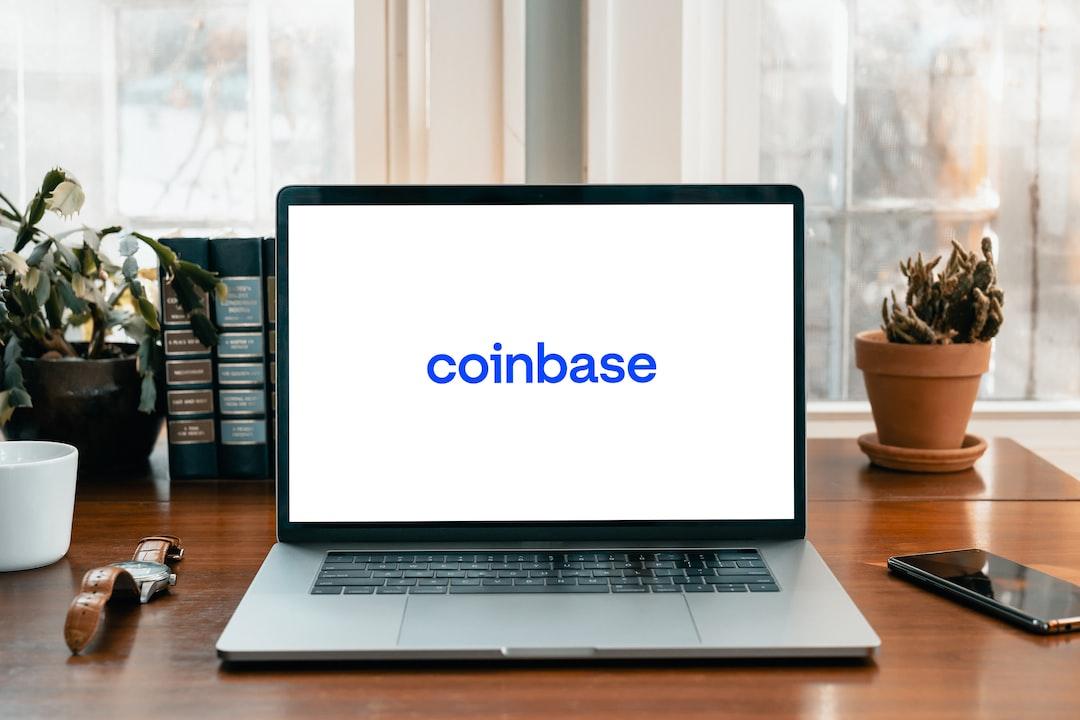
Sun Yuchen tops the Puffer Finance leaderboard.
In addition to Puffer Finance’s marketing campaign, competition in the liquidity reinvestment field has already begun. Ether.fi announced that it will soon launch its token, while Kelp DAO offers additional points for the first 200,000 ETH pledged. Renzo has gained endorsement and investment from Binance, using various marketing methods to capture the market during this chaotic period.
The top ten liquidity reinvestment projects include Ether.fi, Puffer Finance, Kelp DAO, Swell, and others. The total value locked (TVL) has been increasing, even during the time when EigenLayer closed its window for depositing liquidity reinvestment tokens (LST) (only ETH deposits are allowed). This shows the market’s enthusiasm for the liquidity reinvestment field and related marketing activities.
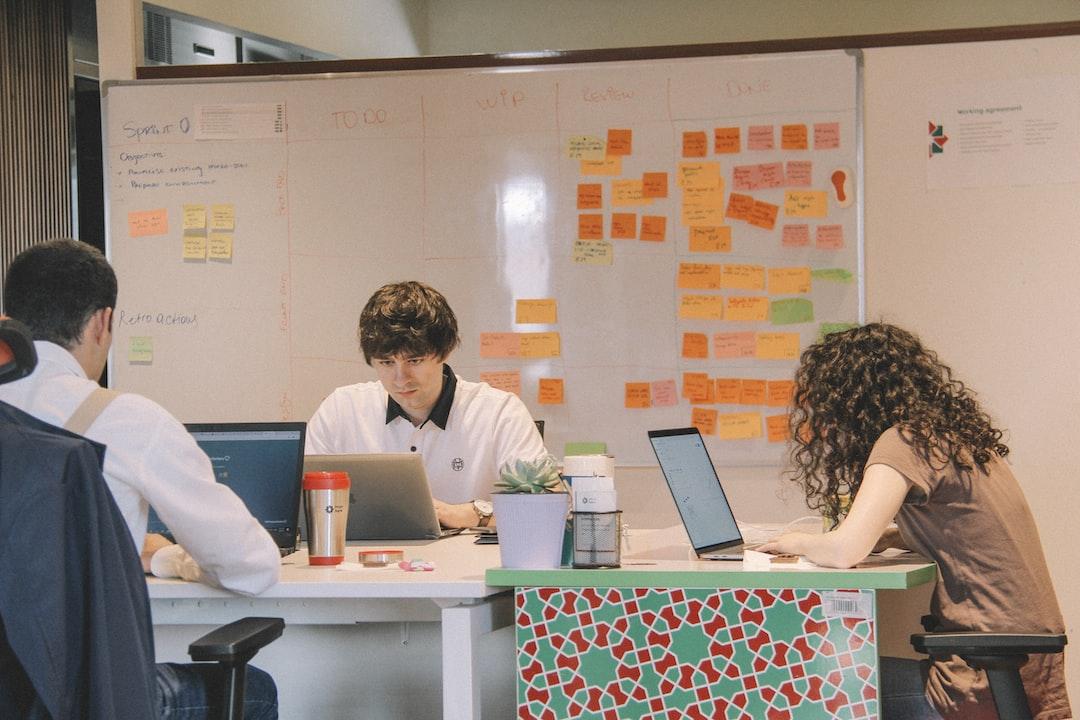

Changes in TVL for liquidity reinvestment projects, all positive inflows.
(Data source)
Recommended reading:
Understanding the opportunities and risks of the Liquidity Reinvestment Token (LRT) project in detail.
Reason for recommendation: This article provides a quick and comprehensive understanding of what the liquidity reinvestment project is and its relationship with EigenLayer. It also provides an overview of the current mainstream reinvestment projects in the market.
However, it is important to note that currently, due to the design of most LRT contracts, even during off-peak hours on the Ethereum network, gas fees can cost approximately $25 to $40. The project does not guarantee any returns, so users should carefully evaluate their participation ability.
In addition, most tokens deposited in liquidity reinvestment projects currently cannot be withdrawn and require further information and opening from the team and EigenLayer. As the protocol’s funds continue to grow, the risk of asset security also increases, and the number of fraudulent teams seeking market opportunities also increases. Therefore, such activities should be approached with caution.
(This article is not investment advice)
Curve
EigenLayer
LRT
pufETH
Puffer Finance

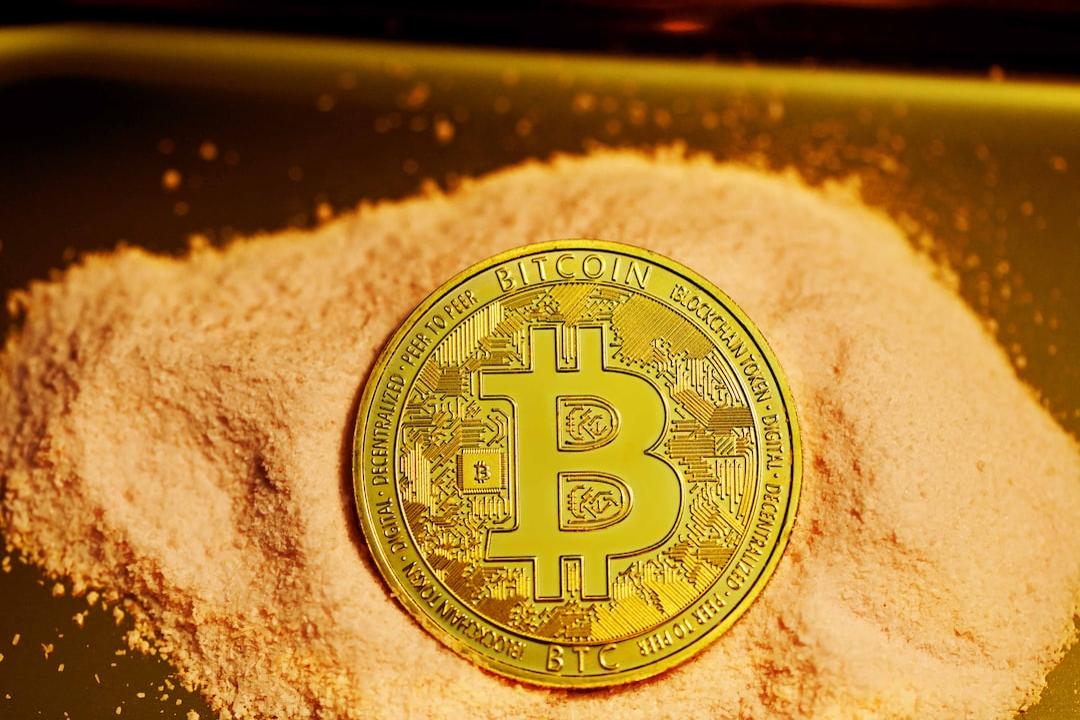
Further reading:
a16z invests $100 million in the reinvestment protocol EigenLayer
Kelp DAO launches KEP token, releasing liquidity from EigenLayer at a 1:1 ratio.

